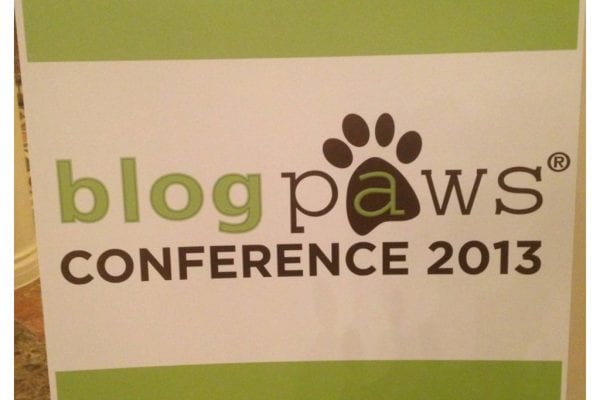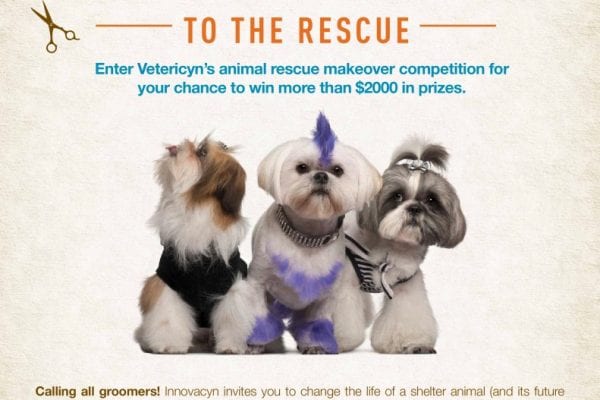There are quite a few ways that your beloved pooch can get hurt, especially when it comes to skin injuries and irritations. From minor cuts and burns, to scrapes and allergic reactions, knowing what can cause these problems and how you can provide immediate treatment at home will help prevent them from escalating.

Hot Spots
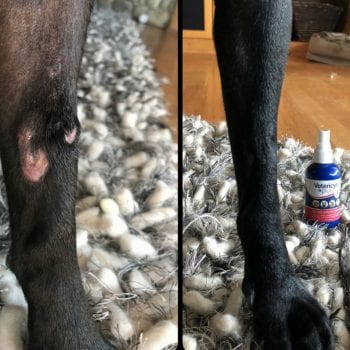
Hot spots are moist, painful, red, irritated, and—you guessed it—hot lesions that can develop on a dog’s skin, usually on the chest, hip, or head. They can grow rather quickly, especially if your dog ends up chewing, scratching, or licking them, causing further irritation.
A hot spot could be caused by anything that ends up irritating your pet’s skin, forcing them to lick or scratch themselves. Some of the common causes include insects and mites, fleas, underlying skin infections, allergies, and poor grooming. However, if your dog is bored or stressed and constantly chewing or licking their skin, a hot spot could develop in that case as well. Hot spots are also more common during humid, warm weather, so you might notice your dog dealing with this irritation during the summer, which is also when insects and fleas are prevalent.
Pad Problems

In addition to keeping an eye on your dog’s skin to ensure it isn’t irritated or injured, you should also check their paws, especially when the weather is hot and you take your dog for a walk, as the hot asphalt can burn your pet’s pads. But you also want to be sure you check your dog’s pads during the winter, when the harsh temperatures, snow, ice, and salt can also take their toll, causing frostbite.
Burns
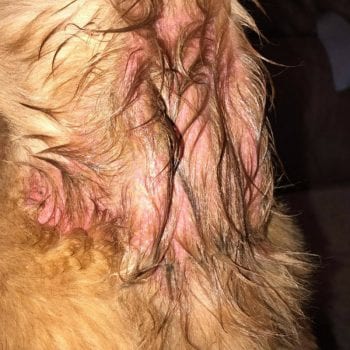
Rambunctious dogs can sometimes end up hurting themselves, and those injuries could involve burns. Everything from boiling liquids, open flames, and electric heating pads, to strong chemicals, heat lamps, and hot metal surfaces can cause your dog’s skin to burn. Dogs can even suffer from sunburn too.
Like other injuries, your dog will likely try to lick themselves in an effort to soothe their skin and keep her wound clean. However, you will need to step in and provide first aid care to bring her relief and ensure proper healing.
Eye and Ear Irritants
In addition to superficial skin irritants, there are also eye and ear irritants that can affect your dog.
Eye irritation could be caused by infections, allergies, foreign bodies, malformed eyelashes or hair in the eyes, chemical irritation, or scratches. Ear irritants could include infections caused by yeast or bacteria, excessive hair, wax, moisture, allergies, foreign bodies, and mites.

A Few Products to Provide At-Home Care
Vetericyn Plus® products are recommended by expert veterinarians, and they don’t contain any ingredients that would be harmful to your dog. In addition to being non-toxic, they’re easy to administer, so you can quickly give your dog much-needed relief from skin irritation and injuries.
Here are a few of the Vetericyn Plus products that can help you give your dog first aid care in the case of hot spots, pad problems, burns, and more:
- Vetericyn Plus All Animal Wound and Skin Care can be used on your dog’s skin to completely clean out a range of wounds, including scratches, cuts, and abrasions.
- Vetericyn Plus All Animal Antimicrobial Hydrogel comes in the form of an easy-to-apply gel so you can provide your pet’s skin with a protective barrier that can help treat wounds. It is also useful on post-surgical sites, as well as wound beds, hard-to-reach locations, and wound dressings.
- Vetericyn Plus All Animal Eye Wash is ideal for use when you notice your dog’s eye is irritated. Rest assured that this product is formulated to be safe for use in and around the eyes. Use it to clean the eyes and alleviate irritation that has been caused by foreign debris.
- Vetericyn Plus Hot Spot Antimicrobial Gel features advanced hypochlorous technology that can reduce symptoms associated with skin problems like sores, abrasions, and scratches. You can also use it to prevent recurring skin irritations and problems like itchy skin.
- Vetericyn Plus All Animal Ear Rinse can be applied every day to maintain your dog’s clean ears while decreasing the risk of irritation. It can even be used to flush, clean, and care for wounds and irritations that occur within your dog’s ear canal and outer ear, and you can also use it to clean ears affected by irritants like pollutants or contaminants.
If you notice your dog exhibiting symptoms of skin irritation or you see an injury, act quickly to give your pet relief. Remember, when wounds are cleaned and when they’re kept moist, faster healing can be achieved. However, if you’re dealing with a serious wound, it’s always recommended that you consult with your veterinarian right away.
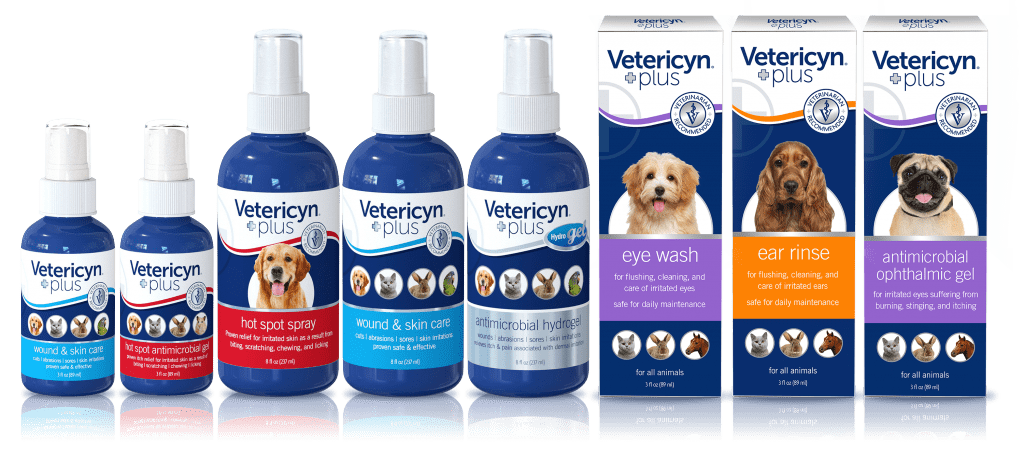
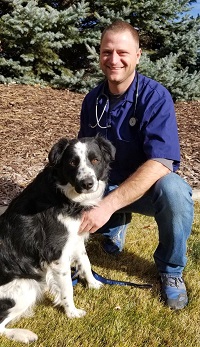 Reviewed by Dan Richardson, Veterinarian
Reviewed by Dan Richardson, Veterinarian
Dan Richardson has been a practicing veterinarian for over 10 years. He specializes in surgery and orthopedics. Dan is originally from rural western Nevada and attended the University of Idaho for undergraduate study and Oregon State University for Veterinary School. The Richardson Family enjoys camping and spending time on the water fishing, paddle boarding, or digging their feet in the sand somewhere warm.
